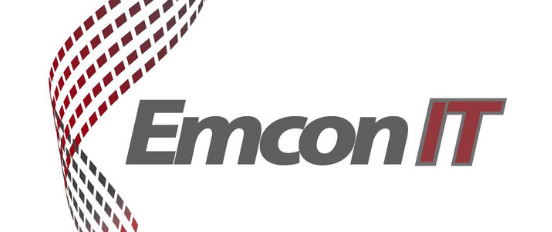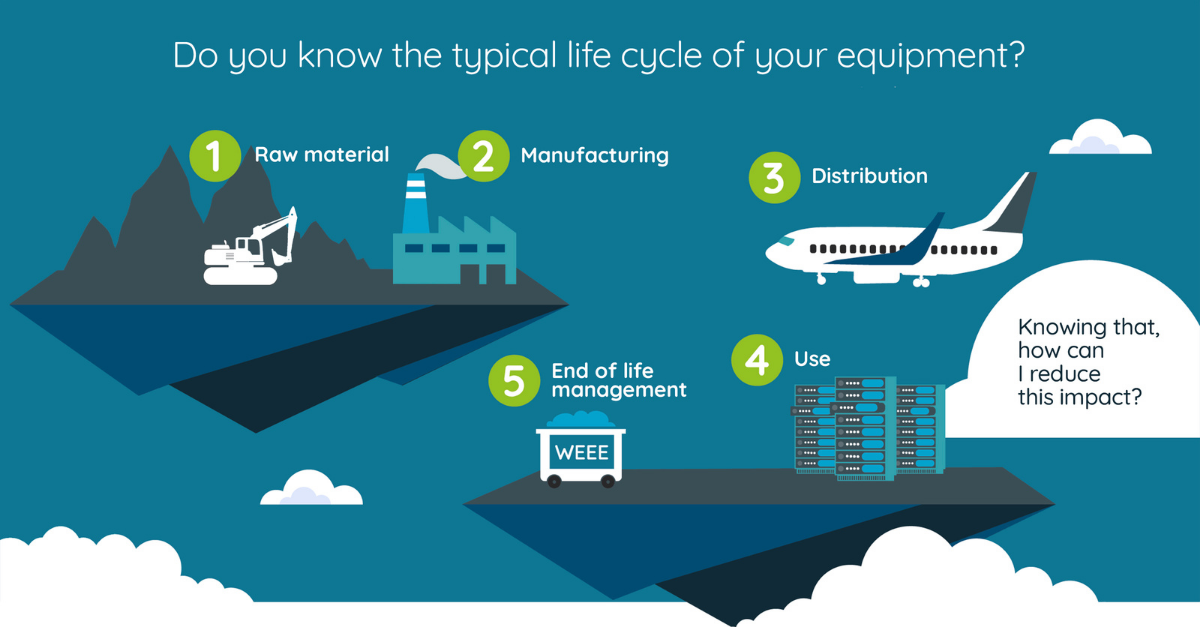Paris, November 9, 2023 – Evernex, a global leader in end-to-end IT asset management, has […]
Read moreHow to ensure high availability despite the chip shortage
The chip shortage is presenting businesses with huge challenges. Long delivery times, faltering value-creation chains and production stoppages are the consequences. IT departments are also feeling the effects of hardware components becoming rare, putting the high availability of data centres in doubt as a result. This is a central issue, particularly with the increasing digitisation of business processes. Actions such as third-party maintenance and refurbished hardware can provide effective help for data centres.
There are many causes for faults to or even a malfunction of a data centre. yberattacks, hardware defects, user errors. The costs for malfunctions in data centres have constantly risen over the past few years. This is proved by a study called “Global Data Center Survey” by the Uptime Institute. Almost half of the 172 organisations surveyed incurred expenses of between 100,000 and one million dollars. The amount of damage was primarily determined by the severity and duration of the malfunction. This proves once again that speed is required to deal with faults in data centres. For example, if a hardware component is defective, it must be rapidly replaced. In order to achieve this, two factors are decisive – short service times and the availability of spare parts. In the last few months this point has become a challenge due to the chip shortage.
Global chip shortage continues
This shortage situation has been a big worry for the sector for the past year – and no end to the scarcity is in sight. Operators of data centres will have to expect price rises and longer delivery times well into 2024 lthough the large semi-conductor manufacturers are diversifying their supply chains and building up new production capacities, this all takes time. Meanwhile, Covid-related closures of plants in China and the war in Ukraine have resulted in producers of neon, argon and xenon dropping out. The precious metal palladium, another resource required to manufacture chips, is mined in the crisis region. And even if chips are produced, there is an increasing shortage of ABF, which is required to insulate circuit substrates. This development is endangering the availability of systems in data centres, also because printed circuit boards, resistors and other upstream products are becoming scarcer.
Refurbished hardware cushions the impact of the chip shortage
Refurbished components can be one solution to the chip shortage. The advantages of refurbished hardware at a glance:
- It is already on the market and thus available immediately.
- It is independent of disrupted supply chains and more resilient to price fluctuations as a result
- The costs are up to half the price of comparable new ware
- Expert inspections prevent any losses in quality and performance
As early as 2020, in the study “Challenges to IT infrastructure during the COVID-19 crisis”, nearly 80 per cent of those surveyed saw refurbished hardware as a sensible alternative to new ware in order to cut costs and protect the environment. The benefits of overhauled components are becoming even clearer during the current shortage situation.
Regular hardware purchases are increasingly being questioned
But the chip shortage is not only having consequences for defective hardware in need of urgent replacement. Regularly renewing components has also become more difficult. Manufacturers usually advise that equipment is replaced after three to five years, because their regular support ends at this point in time. But there is no good reason to replace functional components.
End of Service – or not?
Studies show that hardware is often used well beyond the manufacturers’ end of service life. In a study of data centre maintenance in 2019, almost 60 per cent of those surveyed stated they used data centre hardware for up to 10 years or longer. Only three per cent viewed the product life cycles of a maximum of five years set by the manufacturers as binding. The remainder saw it as a recommendation (18 per cent), as a sales argument for new hardware (37 per cent) or simply did not take it seriously (28 per cent). Since components can now only be obtained with difficulty, with long delivery times or at raised prices due to the chip shortage, making replacements at the manufacturers’ end of service life will probably be questioned by even more IT departments.
Countering the chip shortage with third-party maintenance:
However, in order to guarantee the reliability of hardware after the end of service life as well, quality-assured maintenance of the equipment is essential. This is offered by third-party maintenance service providers. They maintain hardware from all reputable manufacturers, and are also able to maintain refurbished components. This enables overhauled equipment to be used securely as a safeguard against the chip shortage.
EU Regulation to use hardware for longer
Last year, the EU took an important step to make it easier to decouple maintenance of servers from the manufacturers. EU Regulation 2019/424, which has been in force since March 2021, will enable servers to be operated securely for longer. It obliges the manufacturers of servers to provide security updates and updated firmware for their equipment for longer periods of time. Manufacturers even have to offer the last available security update of the firmware free of charge. Although the regulation allows for some exceptions, it should apply to 80 to 90 per cent of the equipment used in data centres.
Advantages of TPM providers at a glance |
|
|
|
|
|
|
|
Overcoming the chip shortage with refurbished hardware and third-party maintenance
Using both expertly-prepared hardware and independent hardware service providers will ensure data centres have a longer life. Consequently, this will also make businesses immune to delivery difficulties and severe price fluctuations for chips. At the same time, the TPM concept provides general cost savings for hardware.
If you are interested in our TPM concept and the range of refurbished hardware, please arrange a consultation here.
Subscribe to our newsletter
Press contact
Would you like to receive more information as a representative of the press and media?
Find out more nowVerwandte Beiträge
IT recycling – how waste becomes valuable to the environment and ROI
Jean-Marc Gottero, Chief Revenue Officer at Evernex, the European market leader for third-party maintenance in data centres, explains how companies can help preserve environmental resources, while generating financial savings when incorporating IT recycling in their sustainability strategy.
Read moreInternational Women’s Day: Woman, Iranian, electrical engineer
Sahar Khodamvayghani works in the TG Repair Center. For her, there are no men’s or women’s jobs – just talented people.
Read moreThe smart way to counter the chip shortage
How companies can work around supply and budget problems.
Read moreEvernex acquires Emcon-IT and strengthens presence in the USA
With the acquisition of the American TPM provider, Evernex continues its international expansion course.
Read moreUN Climate Conference: Sustainability in data centres
UN Climate Change Conference seeks solutions to global climate change. TPM creates more sustainability in the data centre.
Read moreNew Study: More optimisation potential in IT than expected
New findings on the status quo in data centres and about the effects of the COVID-19 pandemic on the IT sector.
Read more






